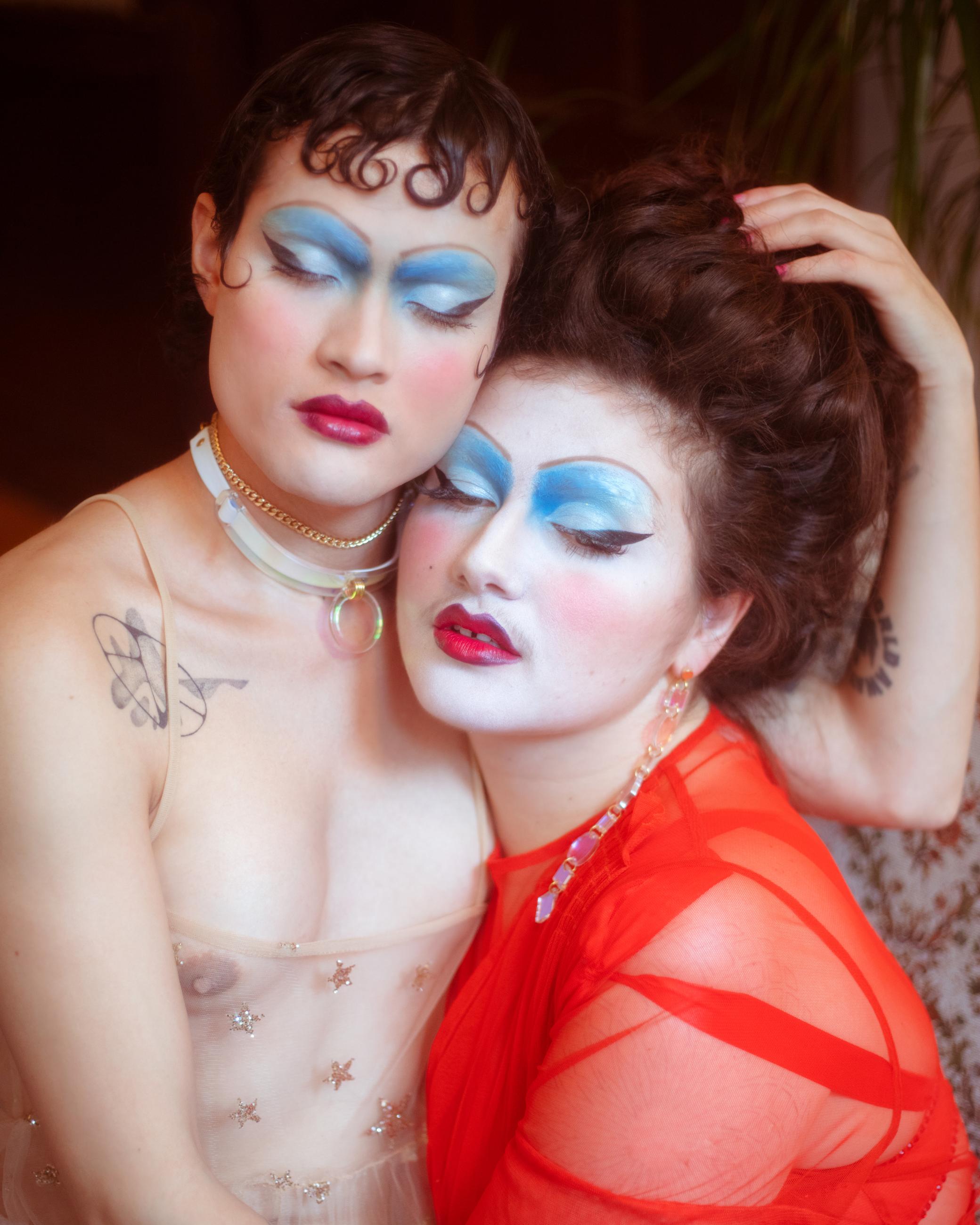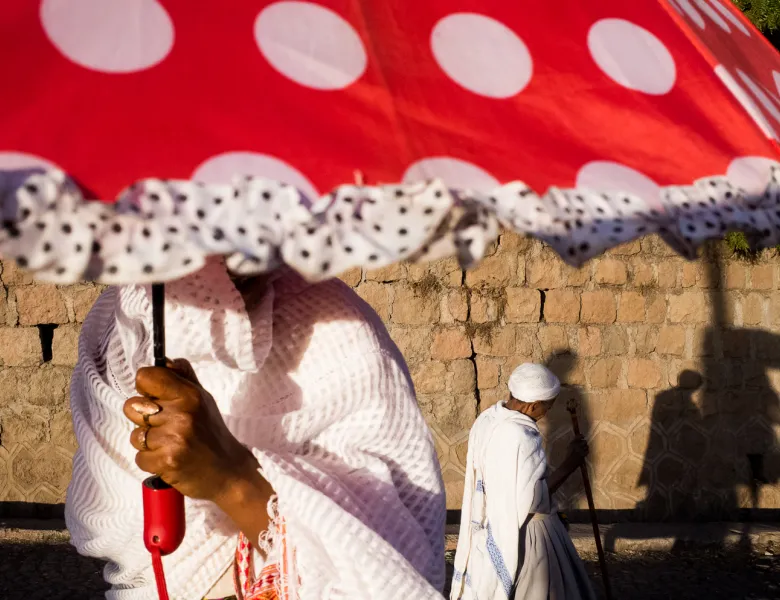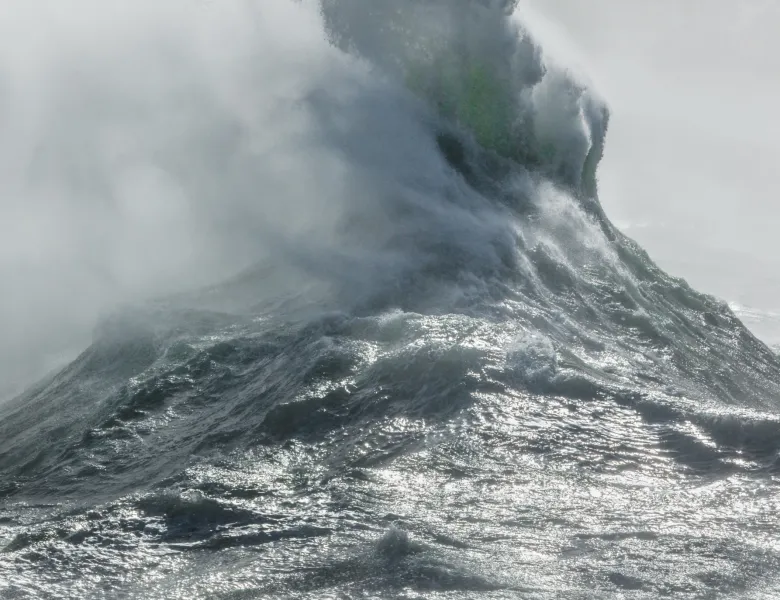This Week's Focus: Amanda Picotte

Amanda Picotte is a fashion and fine art photographer based in New York City. Collaborating with The New York Times, Refinery29, Google, Tumblr, B-Vibe, Le Wand, High Hemp, Picotte's work is forward-thinking and tender. Amanda will be taking over our Instagram feed for the week, with some of the finest images from their portfolio. Read our interview with Picotte below.
Why do you take pictures?
This is a question I’ve often asked myself. I spent much of my life trying not to take pictures, and that was wholly unsuccessful. Despite loving photography and incessantly shooting those around me, I was afraid to study photography in college as I figured I had no chance at making it as a professional photographer. After college, I worked in human rights and hospitality, but all the while, the only thing that kept me sane and connected to the world around me was to create images. So, eventually I had to finally and fully commit to becoming a photographer because my body seemed to refuse doing anything else.
How has your Masters in fashion photography benefitted your creativity?
I have critiques of my Master’s program, but ultimately, it helped me find my voice as a creative and allowed me to take my work more seriously. Going to graduate school was my way of finally committing to photography, and it was an absolutely necessary step. Unfortunately, the fashion industry is very gatekept, and as someone making a career change, I found the industry to be very inaccessible. My graduate program helped me make connections and forge my own path for how I’d like to use fashion to elevate my message.
What do you hope people learn from looking at your Instagram feed?
I want people to see that there is such a rich diversity to the queer community. We’re not just white guys in drag or lesbians in flannel, but rather there are as many ways to be queer as there are queer people.
Does photography have the power to change things?
Absolutely. However, allow me to disclaim that photography alone cannot change things, but it can be part of a movement of change. We are a visual culture and representation matters. If the only bodies you see associated with the notion of beauty are thin, tall, white, and able-bodied, then it will be difficult for you to associate those terms with bodies that don’t meet those criteria. Fashion photography has the power to change that and to help normalise difference in a way that can be lifesaving for others. Representation in a vacuum is not going to save lives, so photography and pop-culture must also activate political change to truly move society.
What is your relationship with the individuals portrayed in your photographs?
Pretty much everyone I photograph is a friend or relative. Every once in awhile I’ll photograph someone I don’t know personally, but chances are we share mutual friends or we will be good friends by the end of the shoot. Community is important to me, so I want to make sure I’m elevating my community, while also fostering a sense of support on set. While I was in graduate school, a photographer asked me to “share my gay friends” with them because they needed to “hop on the trend.” I think about this exchange often and how disgusted I was with that comment. The queer community is not for tourism. Queer culture and ballroom culture influence almost every aspect of pop-culture but garners no respect. The community should be lifted up and celebrated for its authenticity, not be reduced to trendy tokens in a new fashion campaign.
What does a portrait need to bring to its audience for it to be compelling?
Intimacy. The audience must feel like you’re letting them in on a secret or giving them access to a moment they wouldn’t ordinarily see. And the ability to achieve that comes from the photographer’s connection to the subject and environment.
Describe your photography in three words.
Queer, tender, celebratory.
How often do you review your portfolio? And what questions do you ask yourself when you’re giving it a refresh?
I’m not good at setting a regular time to review my portfolio, but I do go through it often. I try to look at my images in groups of moods. I definitely have work that is more muted, lonely, and flat. I love these images, but I do often have to figure out how they work together with my images that are bright, colorful, and full of personality. When I start a new project, one of the first things I ask myself is how I want these images to feel, and what types of visual cues I’ll use to achieve that.
What's next for your photography?
Quarantine has made planning for the future nearly impossible. I lost my apartment and considerable work at the beginning of the pandemic, and have since been living with family in upstate New York. I’ve regained some projects and have been grateful to have so many talented cousins around to collaborate with as either models, make up artists, musicians, or assistants. Being able to slow down my process and spend a whole day trying to take one image perfectly has been a great source of joy and is a welcome refresh to my pre-COVID 19 career where I was shooting long shot lists in a day with several clients looking over my shoulder. Prior to the pandemic, I had been growing frustrated at how little time and energy I had to work on my own ideas, and how much time I was spending creating for other people. I’m really enjoying shooting conceptual still lives and being more experimental in my commercial work. Quarantine has been a very weird, forced artist residency for me, and I’m trying to focus on using this time to become an even more thoughtful and creative photographer.







